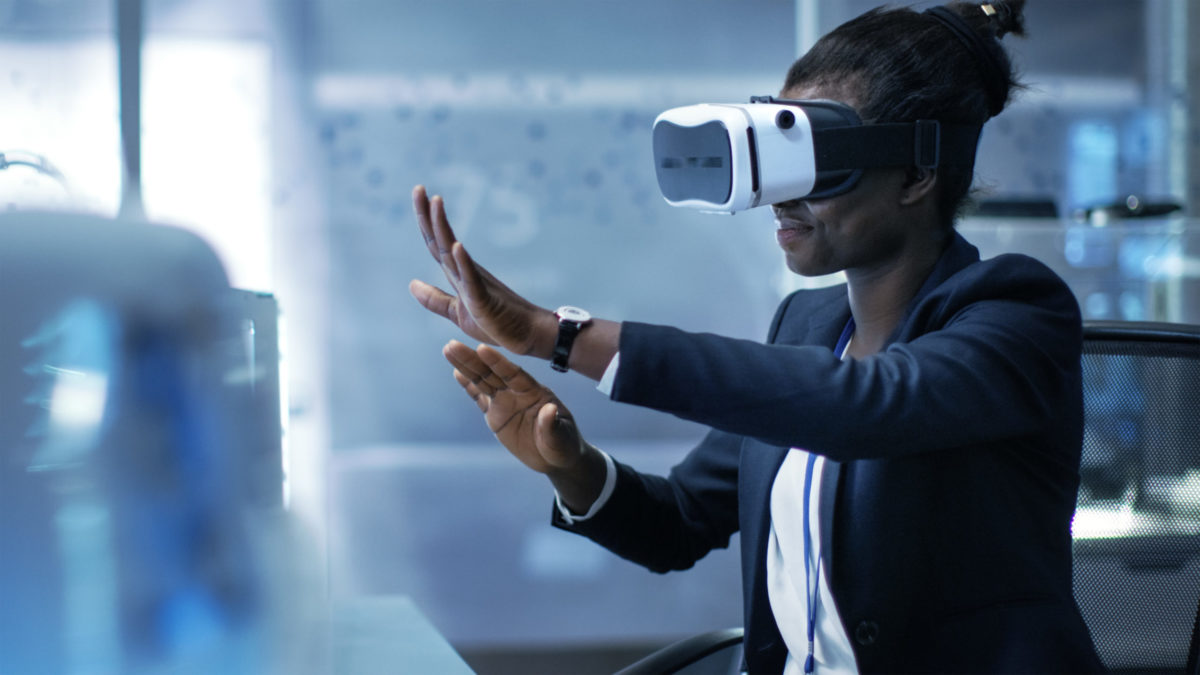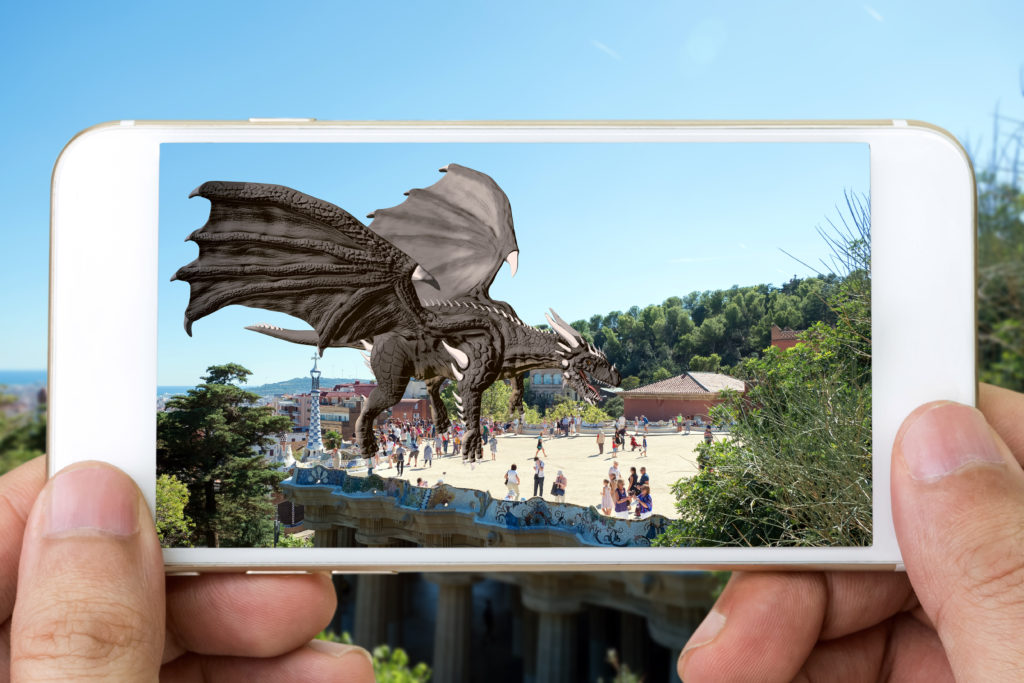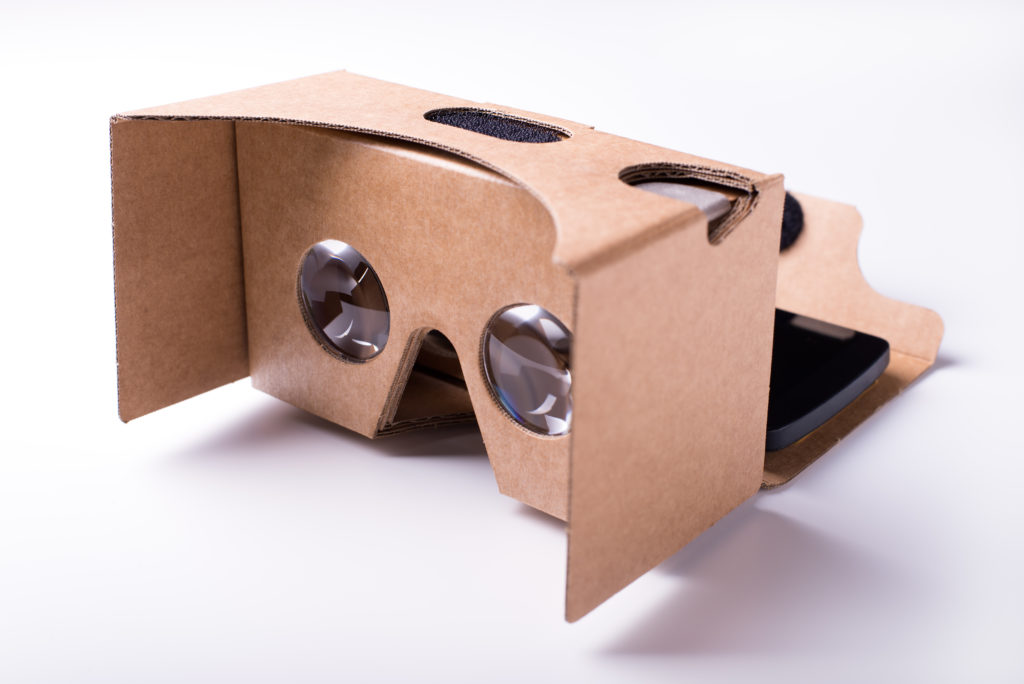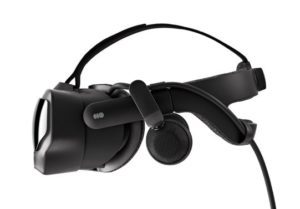In a quest to feel connected while quarantined, Augmented Reality (AR) and Virtual Reality (VR) can offer a great way to connect with family, friends, and of course collaborate with coworkers. If you’ve already mastered the company Zoom meeting and working from home like we have, AR/VR might be a great way to switch up your virtual meetings and to engage both your colleagues and your clients. AR/VR tech is adapting to the needs of the workplace rapidly. You can be in the same virtual room, receive lifelike training, and collaborate on projects from your living room without exposing yourself to the outside world.
Let’s break down the basics of what they are and how the technology works.
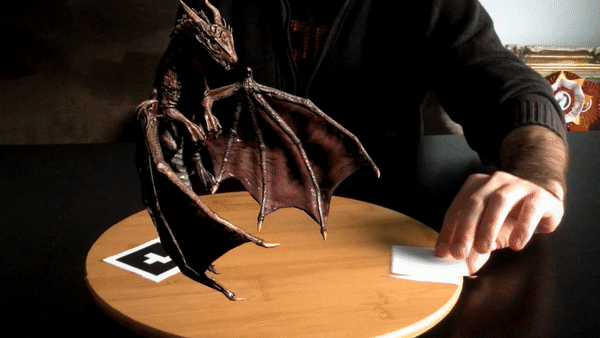
AR (Augmented Reality)
Augmented Reality in simple terms, adds digital content such as graphics or information onto a live camera feed over your physical world view. There are other AR forms such as haptics, but we will focus today mostly on mainstream visual applications you find in the market today.
There are many apps and devices that allow you to see yourself and your surroundings in an augmented world. You might hold up a phone, look through glasses, or use a device that shows a current view, but with augmented visuals. This may give you the illusion that a dinosaur is walking in front of you while you are at the park, or you can shop from home by seeing what that online accent chair might look like in your spare corner by simply looking at the display on your cell phone.
AR typically allows you to interact with the visuals on augmented display, so gaming is a large component of the AR industry. If you remember Pokémon Go craze, you might remember people holding up their phones and walking around like zombies chasing after virtual characters. You might also have given yourself a pair of dog ears on snapchat or turned yourself into a piece of bread in a Zoom meeting using an AR filter on your camera. These are all examples of different types of AR.

How AR Works: The Basics
In order for AR to work properly, computer vision must process and recognize the raw world around you using a camera and render module augments over the original frame, making sure it precisely overlaps with the world and objects around you in real-time. So, as you are moving the camera and the frame is constantly changing, the augmented object(s) need to keep up.
Hardware, software, and an application are needed in the recipe that is AR. Your smartphone for example has many sensors and processors needed to run the hardware inside of your phone such as a depth sensor, gyroscope, proximity sensor, accelerometer, and a light sensor. Hardware and software work together to seamlessly superimpose your AR experience over your real-world view. Software is needed to understand the environment, estimate the light needed, and track the motion.
Finally, the application is needed to turn your normal walk in the park into something a little more spectacular…
An AR dragon rendered a real-world view
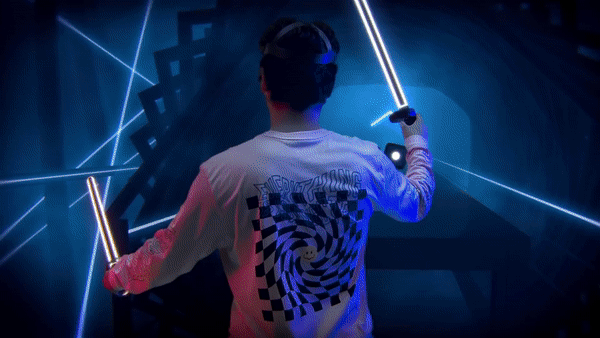
VR (Virtual Reality)
Virtual Reality is when a user is immersed into a computer-generated digital environment (instead of an augmented one). The real world you are looking at and standing in is replaced with a virtual one. Your sights and sounds may be replaced with a computer-generated world viewed while wearing a head mounted display (VR headset). In this simulated world, you will typically have a 360-degree, three-dimensional view that might look incredibly natural or possibly very artificial.
Many consumer VR headsets are still wired to a computer, however manufacturers are creating wireless solutions. As you are immersed in your virtual world, you might be using your hands or a physical object to manipulate your way around, to participate in an activity, or to fight in a battle with a fire breathing dragon.
A VR headset might look like a large oversized pair of glasses, but you can also to turn your phone into a VR headset by adding a cardboard or plastic holder. While there is a huge difference in quality between a fun cardboard headset and a well-engineering VR headset, it’s nice to have so many options out there to play with.
How VR Works: The Basics
When you put on a VR headset, you are wearing a screen in front of your eyes. Two screens to be precise since there is one screen for each eye. This will remove your interaction with the real world around you, offering you a full immersive escape into another realm. Two lenses between the screen and the eyes autofocus based on the eye movement of the user.
Learning Hub describes VR technology with only one purpose: to simulate settings and environments realistically enough to fool the human brain into accepting them as reality. From a scientific standpoint, that all begins by understanding how our brains interpret the things we see to develop a mental picture of the world around us. The simplest explanation is that our perception of reality is based on rules we develop using our experiences as a guide. For example, when we see the sky, it tells us which direction is “up”. When we see objects we can identify, we can use their size relative to one another to judge distance. We can also detect light sources by picking up on the shadows cast by the objects around us.
VR designers can use those conventional rules to create virtual environments that conform to our mental expectations of reality. When they do, the result is a seamless experience that we interpret as “real”.
Unlike augmented reality, virtual reality is a fully digital experience that can either simulate or differ completely from the real world. The term virtual reality refers to a computer-generated, three-dimensional environment. In order to experience and interact with virtual reality, you’ll need the proper equipment, like a pair of VR glasses or a headset.
With so many major headsets on the market today, there are variations in each product and the type of displays available to the user’s liking.
Check out the full teardown of the Oculus Rift CV1 from iFixit to see what a VR headset might look like inside:
Blending Our New Reality
As we continue to pivot, evolve, and adapt to our new reality, there are so many ways that we can incorporate AR and VR into our daily life to entertain us, connect with family on a more personal level, and collaborate with coworkers like we are still working closely together in the same room. We recently wrote about how AR & VR can even help to keep us connected in time of quarantine. While things are changing very fast and it can be hard to keep up, it’s nice to have so many virtual options at our disposal.
Simplexity has worked on some very exciting and classified VR headsets that are on the market today. If you need help designing your next AR/VR project, please check out our portfolio and contact us to learn more about our capabilities.

